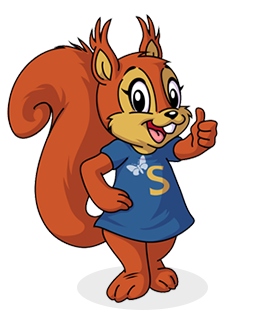Below are some activities to try at home over the half term. They will help to consolidate some of they key learning so far this year. These activities are short and have a specific focus. Just 1 or 2 a day will make an enormous difference to your child’s learning.
Phonics– this half term we have learnt lots more alternative sounds.
The videos below are ‘review the week’ videos which look back over alternative ways of making sounds that we have already learnt. Watching them and joining in at home will make a big difference. You do not need any other resources, just follow the links below. Recapping sounds this week will mean when we move on next week we haven’t forgotten the ones we have already learnt!!
Below is a document showing the phonemes (sounds we say) and graphemes (letters we write down to represent sounds) that we have learnt so far. Please look at the sections labelled Autumn 1, Autumn 2 and Spring 1).
You can also see the tricky words that we have learnt to read down the right hand side of the page.
Reading – read the book that your child has bought home over half term. They should be reading fluently and confidently. Recap the sounds and the words in the front of the book each time you look at it. At the back of the book you will see comprehension questions, work through these together to support your child’s understanding of what they have read. Reading for pleasure is really important. Your child has bought home a new library book. Read and share stories at home, these could be ones that you already have and love or new stories.
Maths
Lots of us have found maths quite tricky this half term as we have moved onto 2 digit numbers.
Having a solid understanding of the basics is a huge help. You can support at home by…
- recapping addition and subtraction within 20 using your number lines. Talk about how when you add the number at the end is always greater/bigger and when you subtract you always end up with less / a smaller number.
- recapping number bonds to 10 and how these link to number bonds to 20 – children should know these off by heart and be able to use them to support with addition and subtraction. For example, look at how 1 + 9 = 10 links with 11+9 = 20 etc.
- counting in tens – backwards and forwards from 0-100. Talk about 1 lot of / group of 10 is 10, 2 groups is 20 etc.
- looking at 2 digit numbers up to 40 – talking about the tens and the ones and writing them the correct way around linking the vocabulary of tens and ones to the written number. Emphasising the important of forming our numbers correctly, they represent how many tens and how many ones.
- comparing numbers using greater than, less than and equal too
Here are some number blocks episodes which support some of the learning above.
Number bonds to 10 / 20
https://www.bbc.co.uk/iplayer/episode/b08q3zx7/numberblocks-series-2-blast-off
https://www.bbc.co.uk/iplayer/episode/b0bn5k6h/numberblocks-series-3-ten-again?seriesId=b0bls7vy
https://www.bbc.co.uk/iplayer/episode/m0006rr5/numberblocks-series-4-twenty?seriesId=m0005y7k
Counting in / looking at tens in numbers
https://www.bbc.co.uk/iplayer/episode/m0005y9m/numberblocks-series-4-tens-place?seriesId=m0005y7k
https://www.bbc.co.uk/iplayer/episode/m0005y7p/numberblocks-series-4-on-your-head?seriesId=m0005y7k
Comparing numbers – greater than, less than and equal to
http://www.bbc.co.uk/iplayer/episode/b0blsqtz/numberblocks-series-3-blockzilla?seriesId=b0bls7vy
Thanks for your continued support.



